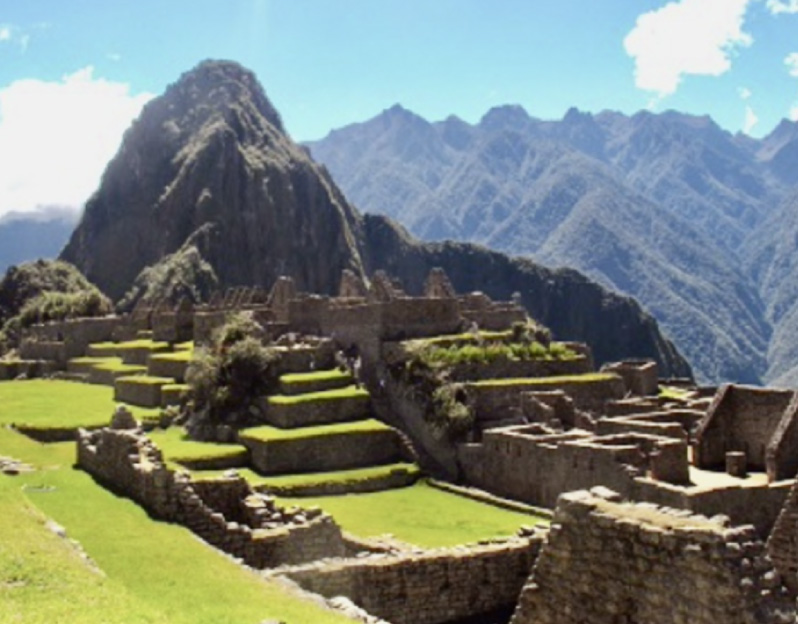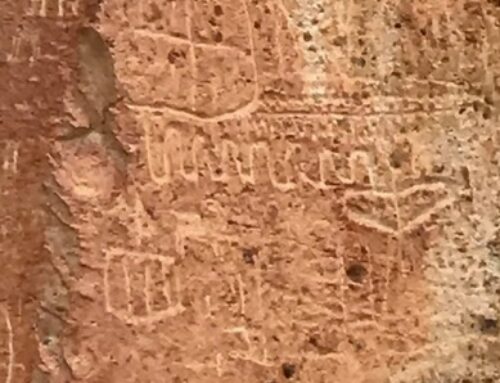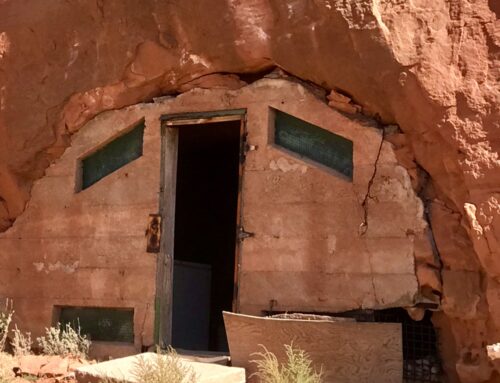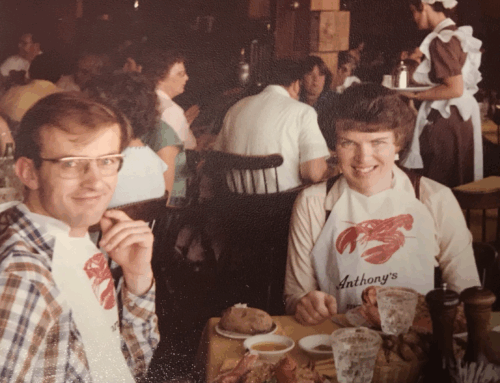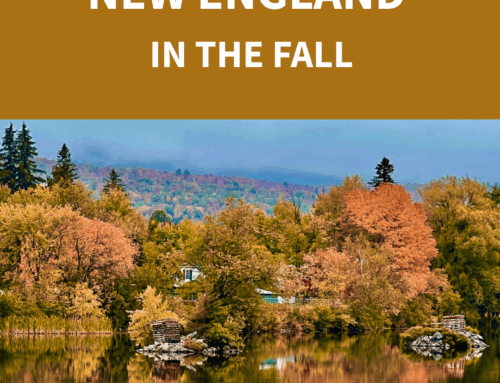On the west side of South America is the land of Per. It has an incredible history. The people that live in Per rival the Egyptians, the Chinese, and the Mayans. They were builders and left monuments that still stand solid today. Machu Picchu is the most famous, but the countryside is dotted with the rock monuments that they built. Per is just a little smaller than Alaska or twice the size of Texas.
The Inca Civilization: Builders of Peru
The population of the country is about 30 million and now it is made up of half Inca, which is the native people of Per, and half immigrants that have come from countries all over the world. The Inca civilization thrived from 1200 A.D. up until Francisco Pizarro conquered the of Inca in 1532 with 168 men and 27 horses and 1 cannon. They also had guns, which the Incas did not have. In 1535 Pizarro founded the city of Lima on the coast of the Pacific Ocean. It is the capital city and has eight million people.
The millions of tourists that arrive every year usually are there to see the building that the Inca built. The Inca did not have a written language; so much of what they built and how they constructed it without power equipment is still a mystery.
If you are going to journey to Per to visit the Inca ruins, your trips will take you into Lima where you will fly to Cusco, high in the Andes. The Andes stretch all the way down the western coast of South America. They are the longest continental mountain range in the world. They stretch 4,300 miles. You will find Cusco to be a city of a half million, nestled in mountains 11,000 feet above sea level. Most tour groups will give you a half-day off when you arrive to get used to the altitude.
Cusco: The Heart of the Inca Empire
Cusco was the capital of the Inca Empire where they built a mighty fortress that would stand forever. Sacsyhuaman is this fortress. One of the things you will find most interesting about the construction is that the Incas did not use any mortar between the stones. They were chiseled so close that one cannot put a knife blade between the stones. Some of the stones weigh 100 tons and would have taken hundreds of men to move them.

The Sacred Valley and Train to Machu Picchu
As you leave Cusco and go north through the Sacred Valley you will come to a narrow gauge railroad. A ride of about 90 minutes will bring you to the small town of Aguas Calientes that sits on the Urubamba River and winds around the most famous Inca ruins: Machu Picchu. To reach your destination of Machu Picchu you will board buses and begin a winding journey of a few miles and over 1000 feet up the mountain.
As you reach the top, you will need your passport or some identification and a ticket to get into these magnificent ruins.

Hyrum Bingham, a Yale historian, was the first North American explorer to discover the ruins in 1911. Since then millions of people have trekked to see this magnificent city. There are many theories as to what this site was to the Inca, one of which is that it was built for an estate for one of the Inca Sapa (king). It has three areas, which are the living quarters, agriculture area, and common meeting areas. It was abandoned about 100 years after it was built.
I first visited the ruins forty years ago and have been there twice this year. It is one of the most beautiful ruins I have seen in the world. It is the best site preserved of the Inca as the Spanish did not know about it, so they did not destroy it and build their buildings on top of it.



